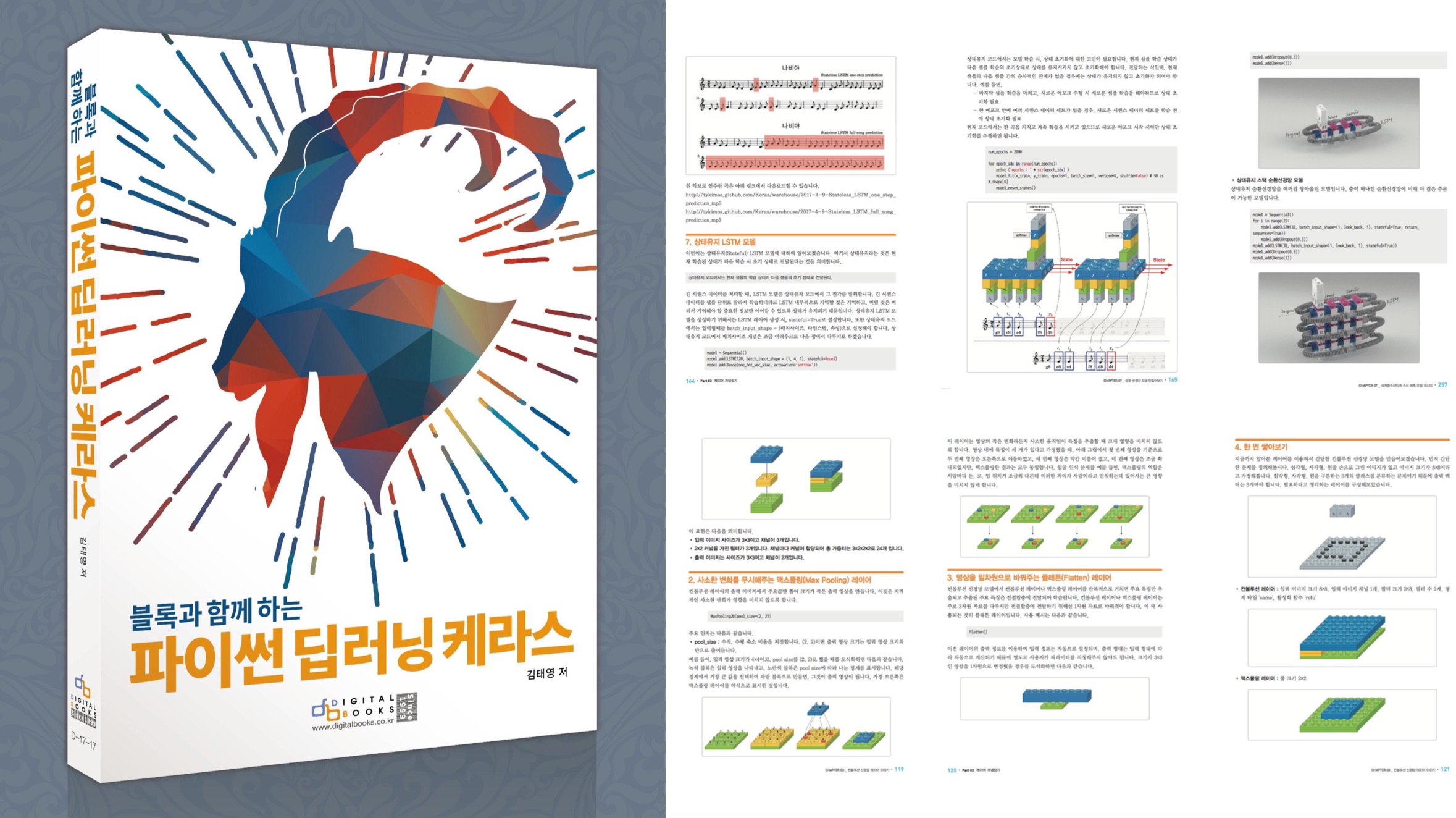MCP Client 중심으로 MCP 구조 파악하기 (LLM 빼고)
MCP Client 중심으로 MCP 구조 파악하기 (LLM 빼고)
목차
- MCP란 무엇인가?
- 프로젝트 구조 및 준비
- mcp_server_config.json으로 서버 파라미터 관리
- 클라이언트 코드 구현
- 잠깐 Stdio이란?
- 실행 및 예시 출력
- 정리
1. MCP란 무엇인가?
Model Context Protocol(MCP)는 LLM(예: Claude, GPT)과 다양한 툴(데이터베이스, 파일시스템, 기타 API 등)을 연결하는 클라이언트-서버 프로토콜입니다.
- 서버(MCP Server): 특정한 기능(‘도구’)을 제공하고, MCP 메시지를 받아 처리함.
- 클라이언트(MCP Client): MCP 서버에 접속하여 필요한 작업을 요청함.
MCP는 JSON-RPC 2.0 스타일로 요청(Request)·응답(Response)·알림(Notification)을 주고받기 때문에 확장성과 호환성이 뛰어납니다.
2. 프로젝트 구조 및 준비
mcp-client/
┣ .venv/ # 가상환경(uv venv)
┣ mcp_server_config.json # MCP 서버 설정 파일
┣ client.py # MCP 클라이언트 코드
┗ ...
가상환경 설치 예시 (uv CLI)
uv init mcp-client
cd mcp-client
uv venv
source .venv/bin/activate # Windows: .venv\Scripts\activate
uv add mcp
3. mcp_server_config.json으로 서버 파라미터 관리
{
"mcpServers": {
"filesystem": {
"command": "npx",
"args": [
"-y",
"@modelcontextprotocol/server-filesystem",
"."
]
}
}
}
"command": 서버 실행 명령 (예:python,node,npx등)"args": 실행 시 전달할 인자
4. 클라이언트 코드 구현
import json, os, asyncio
from contextlib import AsyncExitStack
from mcp import ClientSession, StdioServerParameters
from mcp.client.stdio import stdio_client
async def main():
with open("mcp_server_config.json") as f:
config = json.load(f)["mcpServers"]["filesystem"]
server_params = StdioServerParameters(
command=config["command"],
args=config["args"],
env=None
)
stack = AsyncExitStack()
async with stack:
stdio, write = await stack.enter_async_context(stdio_client(server_params))
session = await stack.enter_async_context(ClientSession(stdio, write))
await session.initialize()
tools_response = await session.list_tools()
tool_names = [tool.name for tool in tools_response.tools]
print("도구:", ", ".join(tool_names))
allowed_response = await session.call_tool("list_allowed_directories")
allowed_text = allowed_response.content[0].text
directories = []
for line in allowed_text.split('\n'):
if line.strip() and "Allowed" not in line:
directories.append(line.strip())
if not directories:
directories = ['.']
print(f"디렉토리: {', '.join(directories)}")
extensions = ['.txt', '.md', '.py', '.json', '.csv', '.log', '.html', '.css', '.js']
for directory in directories:
print(f"\n--- {directory} ---")
dir_response = await session.call_tool("list_directory", {"path": directory})
dir_text = dir_response.content[0].text
text_files = []
for line in dir_text.split('\n'):
if line.startswith('[FILE]'):
filename = line.replace('[FILE]', '').strip()
if any(filename.lower().endswith(ext) for ext in extensions):
text_files.append(filename)
if not text_files:
print("파일 없음")
continue
print(f"{len(text_files)}개: {', '.join(text_files[:3])}" +
("..." if len(text_files) > 3 else ""))
for filename in text_files[:2]:
try:
file_path = os.path.join(directory, filename)
file_response = await session.call_tool("read_file", {"path": file_path})
content = file_response.content[0].text
lines = content.split('\n')
print(f"\n> {filename}:")
for i in range(min(3, len(lines))):
print(f" {lines[i]}")
if len(lines) > 3:
print(" ...")
except:
print(f"오류: {filename} 읽기 실패")
if __name__ == "__main__":
asyncio.run(main())
5. 잠깐 Stdio이란?
Stdio Transport는 MCP에서 클라이언트와 서버가 표준 입력/출력(stdin/stdout)으로 통신하는 방식입니다.
장점
- 별도 네트워크 구성 없이 로컬에서 테스트 가능
- 프로세스 실행만으로 바로 연결되므로 디버깅이 쉬움
한계
- 원격 서버 연결이 필요할 경우 부적합
- 분산 시스템 환경에서는 SSE + HTTP 기반 transport가 더 적합
6. 실행 및 예시 출력
uv run client.py
# 또는
python client.py
예시 출력
도구: list_allowed_directories, list_directory, read_file
디렉토리: ., ./data
--- . ---
3개: README.md, test.txt, example.py...
> README.md:
# Project Readme
This is an example README file.
For demonstration.
> test.txt:
test row1
test row2
test row3
7. 정리
이 글은 LLM 없이도 MCP의 구조를 이해할 수 있도록 MCP Client만 떼어 구현하고 테스트해본 사례입니다.
list_tools,call_tool같은 MCP 핵심 호출 흐름을 직접 확인 가능- Stdio는 빠른 테스트와 로컬 실습에 적합
- 추후에는 Claude, GPT 등 LLM을 결합하여 자연어 인터페이스로 확장 가능
📎 참고 링크
책 소개

[추천사]
- 하용호님, 카카오 데이터사이언티스트 - 뜬구름같은 딥러닝 이론을 블록이라는 손에 잡히는 실체로 만져가며 알 수 있게 하고, 구현의 어려움은 케라스라는 시를 읽듯이 읽어내려 갈 수 있는 라이브러리로 풀어준다.
- 이부일님, (주)인사아트마이닝 대표 - 여행에서도 좋은 가이드가 있으면 여행지에 대한 깊은 이해로 여행이 풍성해지듯이 이 책은 딥러닝이라는 분야를 여행할 사람들에 가장 훌륭한 가이드가 되리라고 자부할 수 있다. 이 책을 통하여 딥러닝에 대해 보지 못했던 것들이 보이고, 듣지 못했던 것들이 들리고, 말하지 못했던 것들이 말해지는 경험을 하게 될 것이다.
- 이활석님, 네이버 클로바팀 - 레고 블럭에 비유하여 누구나 이해할 수 있게 쉽게 설명해 놓은 이 책은 딥러닝의 입문 도서로서 제 역할을 다 하리라 믿습니다.
- 김진중님, 야놀자 Head of STL - 복잡했던 머릿속이 맑고 깨끗해지는 효과가 있습니다.
- 이태영님, 신한은행 디지털 전략부 AI LAB - 기존의 텐서플로우를 활용했던 분들에게 바라볼 수 있는 관점의 전환점을 줄 수 있는 Mild Stone과 같은 책이다.
- 전태균님, 쎄트렉아이 - 케라스의 특징인 단순함, 확장성, 재사용성을 눈으로 쉽게 보여주기 위해 친절하게 정리된 내용이라 생각합니다.
- 유재준님, 카이스트 - 바로 적용해보고 싶지만 어디부터 시작할지 모를 때 최선의 선택입니다.